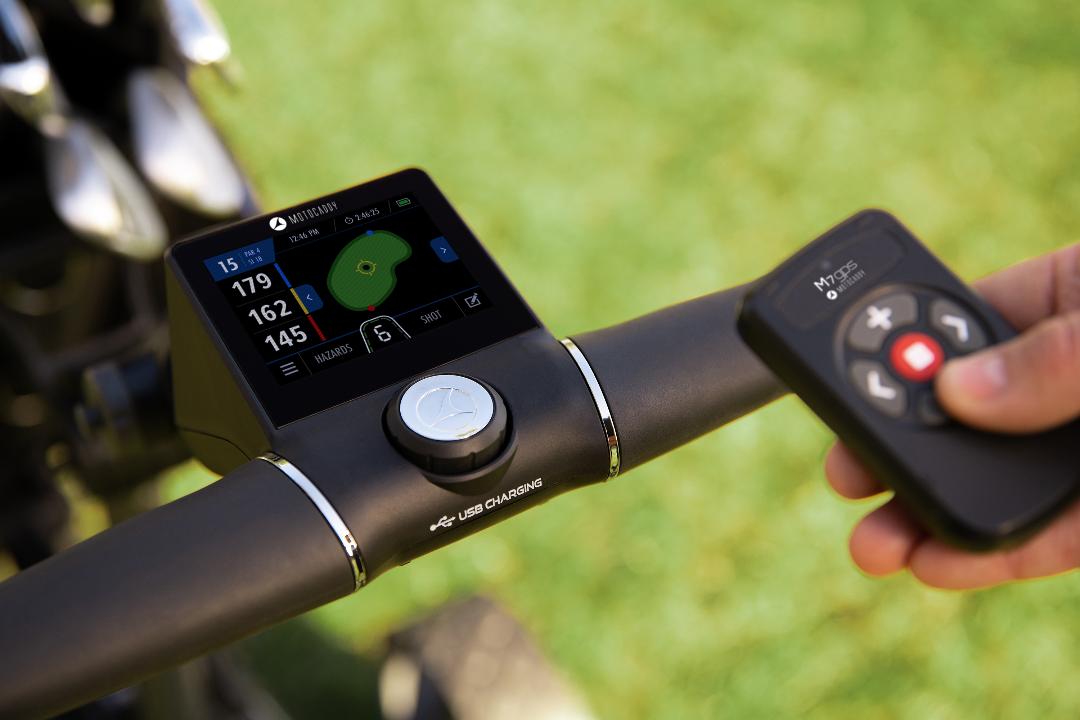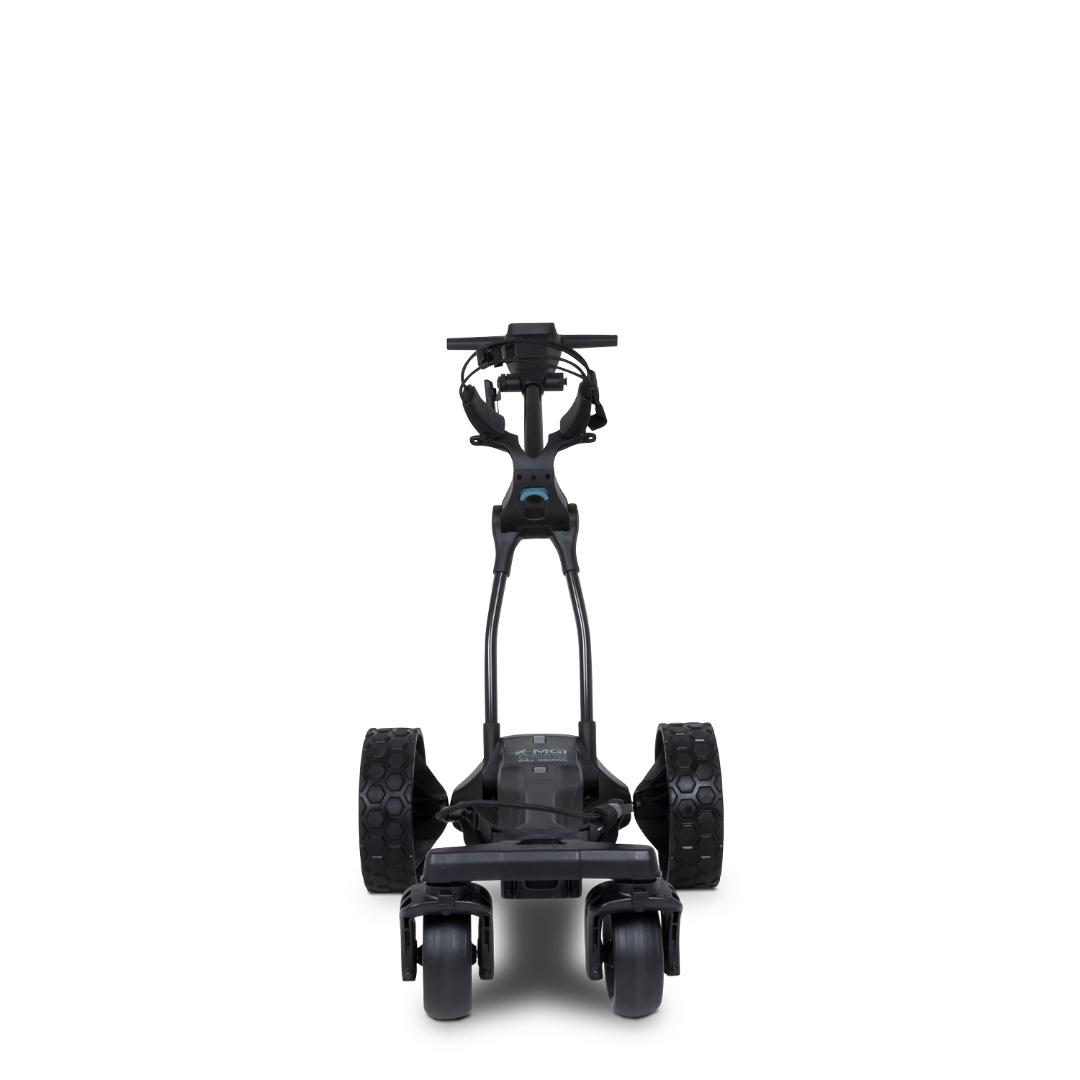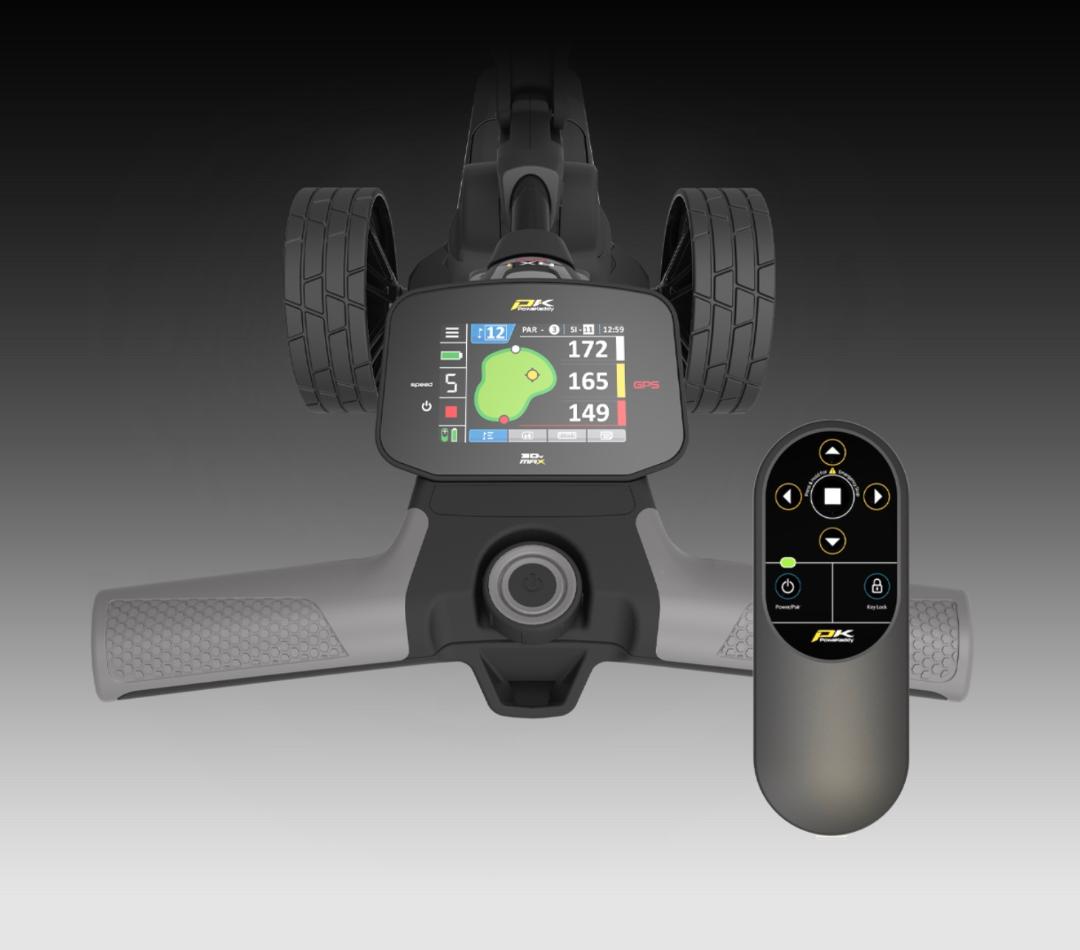
by Mark Lamport-Stokes
ORLANDO, Florida – Always an interesting phenomenon when old becomes new again; something tried and true falling back into favor, even after technological advances create what most would consider a better mousetrap.
The communication space is a prime example. The telephone looked like the end of the line tech-wise for some time; a long way from putting pen to paper, courier systems and global postal systems.
Decades later the advent of the Internet and modern-day smartphones delivered the type of video chat options pop culture futuristically teased out for years, but also reinvigorated written communication by way of emails and text messaging.
Much like the telephone became the be all, end all communication breakthrough the world was lacking, the game of golf was revolutionized in the 1950’s when the motorized golf cart replaced the traditional aspect of slowly walking 18 holes.

The modern day golf cart quickly became the new norm for golf enthusiasts—eventually evolving into luxury vehicles with plush seats, sound systems and integrated touch screens offering GPS distances, course layouts and streaming content (music).
Toss a set of clubs in the back and ride comfortably between shots—both speeding up one!s round, while eliminating wear and tear on the body after walking 18 holes.
An immovable standard appeared to have been set by some of the industries biggest players—powerhouses like Yamaha, ClubCar and E-Z-Go with such a dominant presence. Nothing could reverse the course of this technological advancement.
Or could it?
A global pandemic turned the world upside down countless ways in early 2020, and while there was more than a fair share of negative turnout, the setbacks also resulted in some processes changing for the better.
While the electric push cart has thrived all over the globe for the past decade—known as a “trolley” across the pond—America remained content with time-saving, two-seater, faster-moving motorized carts as the preferred method of transportation on golf courses.

Safe to say it would take an Act of God to get the average American golfer out of their comfortable and efficient motorized carts—and that’s precisely what happened with COVID-19—which trickled down to golf courses, creating a supply and demand imbalance as social distancing created a one-person-per-cart scenario that required an immediate tweak.
Enter the electric push cart, or trolley—which dominates courses in Australia, New Zealand and the United Kingdom—but yet to catch on in the States until it became the only options for golfers to play under courses’ restrictive pandemic efforts.
A theoretical step back—a return to walking, after decades of cruising in traditional, motorized carts—the trolley is actually a leap forward in regards to a more-authentic overall golfing experience.
Much like smartphone advances in the technological space, the electric push cart continues to get more compact in size with each new offering—as well as lighter, sleeker, quieter and easier to transport.
Remote controls, touchscreen GPS systems and Bluetooth that pair with mobile phones were the new norm—as well as technological advancements in the device’s stability, allowing it to climb steep slopes, preventing it from flipping over and stopping it from rolling away.
Trolley enthusiasts can even program pre-determined distances, while Adjustable Distance Control capabilities proves useful when approaching a green, or choosing to send the smart-cart ahead to the next tee.

For those still learning about the growing industry, Motocaddy and PowaKaddy— dominant in the UK and Europe—are two major players in the space. Same for MGI, who quietly made waves in Australia, before Costco started stocking their products—a bold, forward-thinking move by the wholesale giant, leading to early gains in the States.
While there are others in the trolley space, the aforementioned brands remain industry leaders—healthily competitive and constantly pushing each other through innovation— resulting in more bells, whistles and features that keep users upgrading to the latest product offerings.
The cellular technology has gotten so advanced, users can now receive over-the-air firmware and golf course updates adding new features indefinitely—similar to how TESLA sends notifications to vehicle owners to download and install each latest version.
As the technology continues improving, the next big step trolley manufacturers will face —stronger marketing efforts in the United States, with increased competition.
There is a real opportunity to expand growth in North America. Many early adopters stumbled on the electric push cart option by necessity amidst a pandemic, but this is the ideal time for industry leaders to push their marketing and technology boundaries in order to grow market share with new features, accessories and clever marketing strategies.
The first and most-glaring need; a go-to name that will resonate with golf’s masses—as terms like “trolley” and “buggy” don’t currently translate for U.S. consumers.
Something stronger than “push cart” needs to manifest, as well—as by design the devices aren’t pushed, while the next generation of carts is slated for follow-me technology—trailing golfers by way of a remote control with integrated location sensors or more advanced technology called “Lidar” commonly used in autonomous vehicles.
Foreign markets reached their trolley peak over the past 10 to 15 years—by way of solid technology, quality products and a defined need. Even without the catchy name, late night infomercials or industry write-ups in hyping this old-is-new-again narrative, the electric push cart industry remains sneakily on the rise in the States.
A shift to a healthier and more-active, post-pandemic lifestyle also works in favor of the trolley storyline in the States. Same to be said for making better use of one’s time and the art of multitasking. If committing to an afternoon round and 18 holes, why not get more out of the experience by incorporating a workout—getting the heart rate up and burning some extra calories with a spirited five-mile walk in the park?
Understandably the traditional golf cart will never fully be replaced—and conventional wisdom tells us the electric push cart isn’t for everyone. All that to say, there remains a massive growth opportunity in the States—as this perfect blend of technology, innovation and a new user experience is fast-catching on.
Welcome to the electric push cart revolution.











Leave a Reply